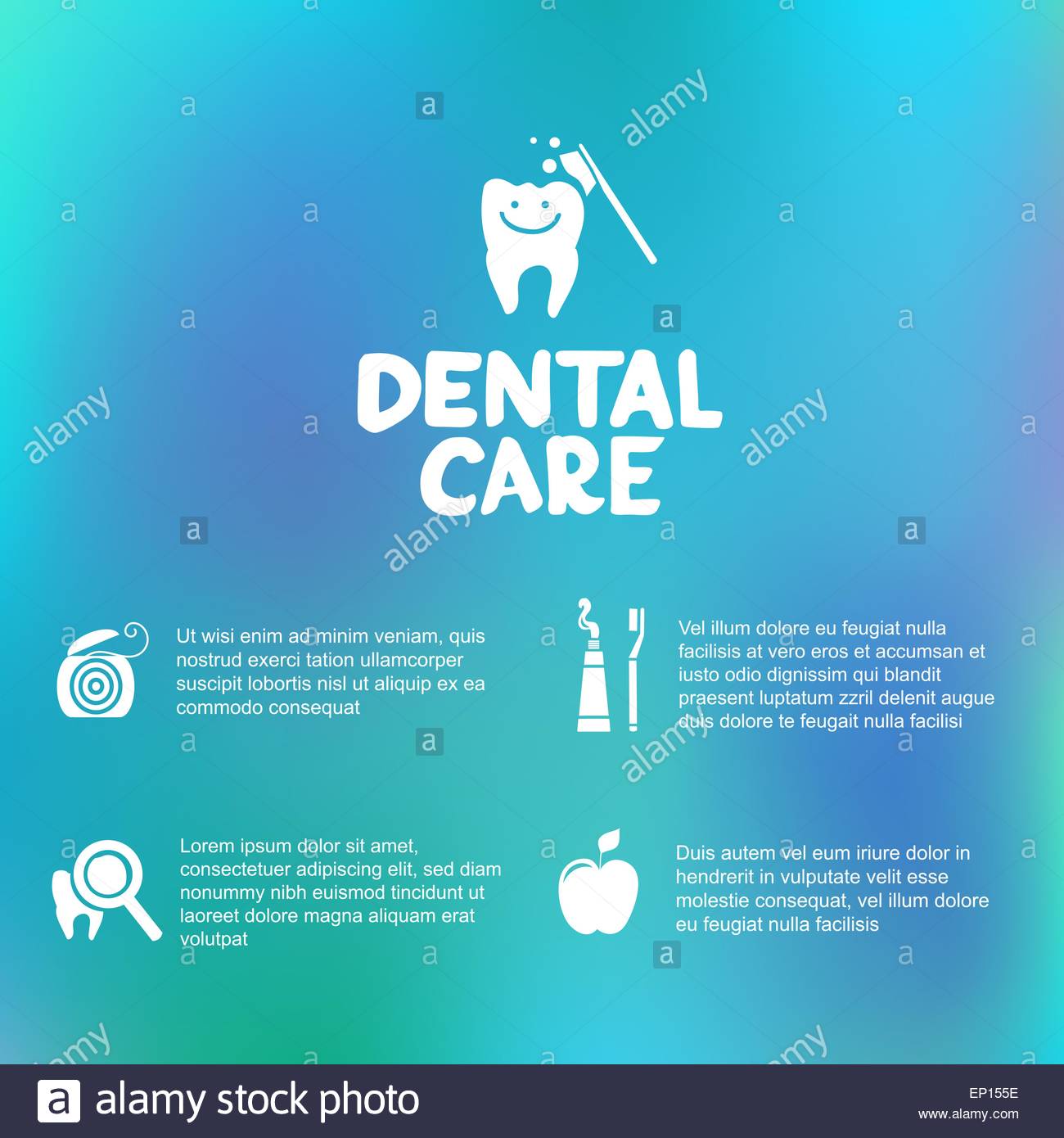The Development Of Dental Surgery: Cutting-Edge Innovations And Advancements Affecting The Area
The Development Of Dental Surgery: Cutting-Edge Innovations And Advancements Affecting The Area
Blog Article
https://veneerteeth51739.targetblogs.com/33508979/exactly-how-to-get-ready-for-your-dental-implant-assessment-a-checklist -Borg Dowd
Invite to the globe of oral surgery, where advancements and advancements are forming the future of the area! In this exciting world, you'll witness the transformative power of robotics, the innovative marvel of 3D printing, and the game-changing effect of minimally invasive methods.
The future of oral surgery holds a promise of accuracy, effectiveness, and boosted individual outcomes. With the help of innovative robotics, doctors are able to carry out complex treatments with higher precision and control.
3D printing innovation is transforming the development of oral implants and prosthetics, offering customized remedies that fit perfectly right into each patient's distinct anatomy.
Additionally, minimally intrusive techniques are lowering post-operative discomfort and recovery time, allowing individuals to go back to their lives sooner.
Prepare yourself to explore the exciting advancements and advances that are improving the landscape of oral surgery!
Developments in Robotics
One major innovation in oral surgery is using robotic technology, which permits specific and efficient surgeries. With the help of robotic systems, dental specialists have the capability to execute complicated surgical procedures with improved precision, decreasing the threat of human error.
These robotic systems are equipped with sophisticated imaging modern technology and specific instruments that allow cosmetic surgeons to browse through detailed anatomical structures with ease. By using robot modern technology, cosmetic surgeons can achieve higher surgical accuracy, leading to enhanced person results and faster healing times.
Furthermore, making use of robotics in oral surgery permits minimally invasive procedures, lowering the trauma to bordering tissues and promoting faster recovery.
3D Printing in Dental Surgery
To improve the field of dental surgery, you can discover the subtopic of 3D printing in dental surgery. This innovative innovation has the prospective to transform the means oral surgeons operate and treat individuals. Right here are 4 essential ways in which 3D printing is forming the field:
- ** Custom-made Surgical Guides **: 3D printing allows for the production of highly precise and patient-specific surgical overviews, boosting the precision and efficiency of procedures.
- ** Implant Prosthetics **: With 3D printing, oral doctors can create personalized implant prosthetics that flawlessly fit an individual's one-of-a-kind anatomy, resulting in far better outcomes and patient satisfaction.
- ** Bone Grafting **: 3D printing enables the production of patient-specific bone grafts, minimizing the requirement for typical implanting techniques and improving recovery and recuperation time.
- ** Education and learning and Training **: 3D printing can be used to produce practical medical models for academic purposes, permitting oral surgeons to exercise complex treatments prior to performing them on clients.
With its prospective to enhance precision, personalization, and training, 3D printing is an amazing growth in the field of dental surgery.
Minimally Intrusive Techniques
To even more progress the area of oral surgery, embrace the potential of minimally intrusive strategies that can substantially benefit both cosmetic surgeons and clients alike.
Minimally gum contouring austin texas are transforming the field by reducing medical injury, minimizing post-operative discomfort, and speeding up the healing process. sleep apnea treatment in austin include making use of smaller incisions and specialized tools to carry out procedures with precision and effectiveness.
By making use of innovative imaging modern technology, such as cone beam of light calculated tomography (CBCT), doctors can precisely prepare and execute surgical procedures with minimal invasiveness.
Additionally, making use of lasers in oral surgery enables accurate tissue cutting and coagulation, leading to decreased blood loss and lowered recovery time.
With minimally invasive techniques, clients can experience quicker healing, minimized scarring, and boosted end results, making it a necessary aspect of the future of oral surgery.
Conclusion
So, as you can see, the future of oral surgery is exceptionally encouraging, with exciting technologies and advancements shaping the area.
From the innovations in robotics to the use of 3D printing and minimally intrusive strategies, dental surgeons are revolutionizing the way they supply treatment.
While some might bother with the prospective cost related to these advancements, it is very important to remember that these modern technologies eventually enhance person end results and minimize healing time, making them well worth the financial investment in the long run.
